If you’re like most business owners, you’re always looking for ways to improve efficiency and productivity. After all, serving customers in the best and most cost-effective manner is a recipe for success. One way to ensure you’re getting the most out of your operations is by eliminating bottlenecks. A bottleneck can be anything from a lack of staff resources, equipment, or even an inability to communicate effectively with co-workers. All bottlenecks can harm your bottom line!
What Is A Bottleneck?
A bottleneck is a problem or obstacle that slows or delays a process. There are short-term and long-term bottlenecks. While temporary problems cause short-term bottlenecks, long-term bottlenecks are blockages that occur regularly. Bottlenecks can be caused by many things, including:
- A lack of resources
- Slowdowns in production processes (e.g., waiting for parts to arrive)
- Inefficient processes that require too much time and energy to complete
- Insufficient communication between team members
- A lack of planning or preparation
Identify Your Business Bottlenecks
Identifying and understanding your business bottlenecks is critical to fixing them. Many of the business owners we work with feel the bottleneck’s pinch but have a hard time pinpointing where the bottleneck is coming from. Below is a simple 2-step method for identifying the source of bottlenecks.
Map the Process
The first step in identifying bottlenecks is to map out the entire process. Mapping the process involves identifying each step, including inputs, outputs, and the sequence of events. Mapping helps to understand the process clearly and identify areas where bottlenecks may occur. You can map out the process on a giant whiteboard, using sticky notes, or a flow diagram tool like Miro; just get it all mapped out.
Conduct a Bottleneck Analysis
Once the process has been mapped, it’s important to analyze performance data to identify areas of the process that are slowing down or causing delays. This can be done through process observation, data analysis, or by conducting interviews with employees.
We love real data to analyze performance such as lead time, completion time, etc. If hard data seems out of reach right now, don’t let that prevent you from analyzing performance. You can still learn valuable information by reviewing the mapped process with your team and soliciting feedback on where they see the issues.
A body shop owner we worked with spends an entire day with a crew when he notices productivity drops in their department. By working with them, he can experience the bottleneck firsthand and quickly identify solutions.
Identify Possible Solutions
Once the bottleneck has been identified, businesses can develop strategies to address the root cause and optimize the process. It can be tempting to jump right into the strategies to correct the bottleneck, but your team will burn out with inefficient process changes unless you take the time to assess the impact of future changes. Take the time to vet possible solutions before making large process changes.
Vet Changes Before Implementing Them
While it may be tempting to jump at every new idea that crosses your desk, there are many reasons why this isn’t always a good idea. Before making any changes, vet them carefully. Here are a few key questions to ask to effectively vet changes before implementing them:
- What part of your organizational strategy is the change meant to directly impact? Customers, products, financials, processes, or people?
- What outcomes are you looking to achieve?
- How have you prepared the organization for the change (or not)?
- Is the change by edict, or is it planned and purposeful, considering any gaps in the knowledge, skills, and abilities needed to make the change happen successfully?
- Is this something that needs to be undertaken now, and if so, why?
- What value will be created, retained, or extracted for the organization due to this change?
- What else will compete with this change initiative that requires resources?
- What will be communicated during change, and how will people be informed?
- How will success be measured and leveraged?
If you’re going to take on a new project, make sure it’s well-planned and worth the effort.
Make the Right Changes
The first step to tackling a bottleneck is to be aware of it. You may only know that there is a problem once you take the time to look at your business and see where things are slowing down or being held up. Bottlenecks can happen anywhere within your organization, so everyone in leadership positions must have an understanding of how they work and why they occur.
Once you’ve identified which part of your business has become a bottleneck, it’s time for an impact assessment: what does this mean for our customers? How much money will this cost us if we don’t fix it? What kind of effect will this have on our team members’ morale if we don’t address it soon enough? By answering these questions honestly and thoroughly, you’ll gain insight into whether or not addressing this particular issue is worth pursuing–and whether or not doing so would help improve efficiency overall!
Watch Erin’s latest video to see how to successfully make changes in your operations!




